6. Apocalypse Now (1979) – The End
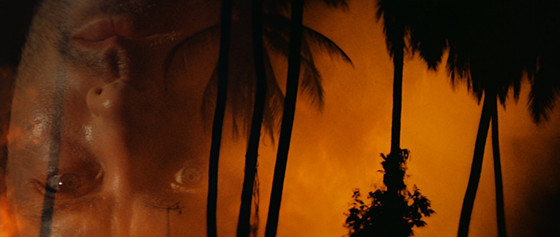
Whether it’s the Theatrical Cut, Redux, or Final Cut, it all ends here. All of the chaos of war, the morality of whether to kill Kurtz and who this man really is are endlessly fascinating and analytical for any viewer. But once it comes to that decisive moment, how can one not be hooked?
But maybe with Martin Sheen’s Captain Willard’s “he wanted me to do it” as The Door’s “The End” kicks into play, Murch’s sound design, Vittorio Storaro’s imagery, and Francis Ford Coppola’s masterful direction, it all comes together.
No element of moviemaking is ignored and it’s only enhanced with chiaroscuro shots of the temple with something of a ritual trip in the background or surrealist imagery of slaughtering animals, despite the fact that it was real. We feel like we might have missed something such as Willard swinging his sharpened weapon or where some of the characters have gone, and then Coppola simply ends the film on wide. We must process what we just witnessed, coming full circle from the opening credits.
Coppola’s film is ambitious and succeeds on every level. It’s how he ties it all together for the film, in front of the camera and behind it, to make an ending we just want to keep descending into.
7. The Wild Bunch (1969) – The Final Showdown
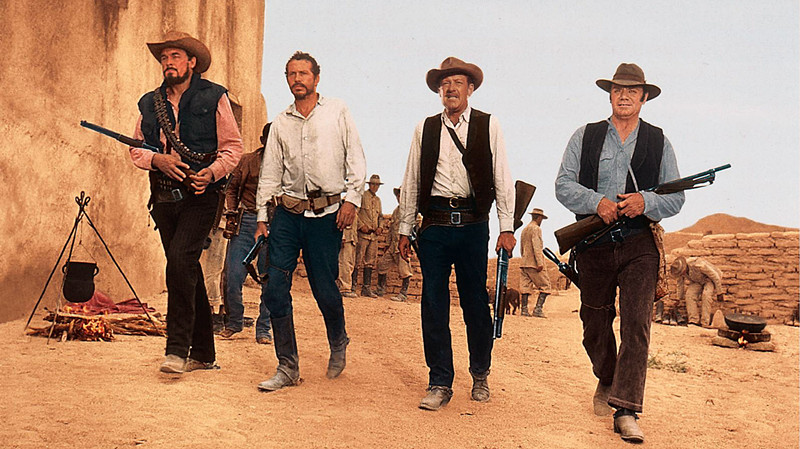
After one of the most iconic walks in cinema history knowing the characters are heading to an inevitable final showdown, Sam Peckinpah delivers. Excluding a shattering ending of explosions, slow-motion overlap death sequences, and enough shooting to last an entire western, it suits the end for this wild bunch.
Of course, it all builds to this scene, but no matter how many times you know the outcome, it’s still effective for the final moments of these people and it’s an awesome action sequence in this classic western. Peckinpah was no stranger to violence or controversy, but it hit home hard while the Vietnam War raged on, and the film’s ending still hits hard after 50 years.
Peckinpah’s editing and slow-motion gimmicks are in full effect but never detract from the story or characters. After watching the walk, this ending delivers a no-holds-back thrill ride and some of the most brutal yet beautiful deaths in film.
8. There Will Be Blood (2007) – ‘I Drink Your Milkshake!’
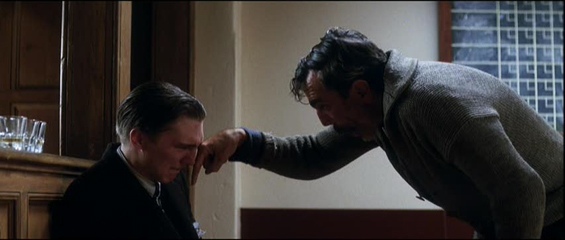
In Paul Thomas Anderson’s epic film, we see Daniel Day-Lewis’ Daniel Plainview, now deranged in his mansion, have a final confrontation with Paul Dano’s preacher Eli Sunday. Anderson’s character arcs and narrative added to the build-up of this scene.
Day-Lewis’ Plainview exacts revenge on Dano’s Sunday to denounce his prophecy and faith, but it’s when Day-Lewis stares at Dano sitting down and states “I drink your milkshake” that the film reaches new heights.
As we watch the film for the first or 15th time, we can never deny the powers at hand. It is while watching Day-Lewis scream, throwing bowling bowl pins, beating Dano’s character to death to the final “I’m finished” that we realize the film is actually finished.
The whole scene leaves us wondering and filling in the 16-year gap that occurred, so we are constantly on edge. It’s the subtle performance of Dano trying to gain what he believes is his, and Day-Lewis’ mentally lost yet perfectly aware of the moment where we see a decisive scene. So many theories and analyses have been based on this scene and it is clearly re-watchable for everything involved.
9. 8 1/2 (1963) – The Dance of Life
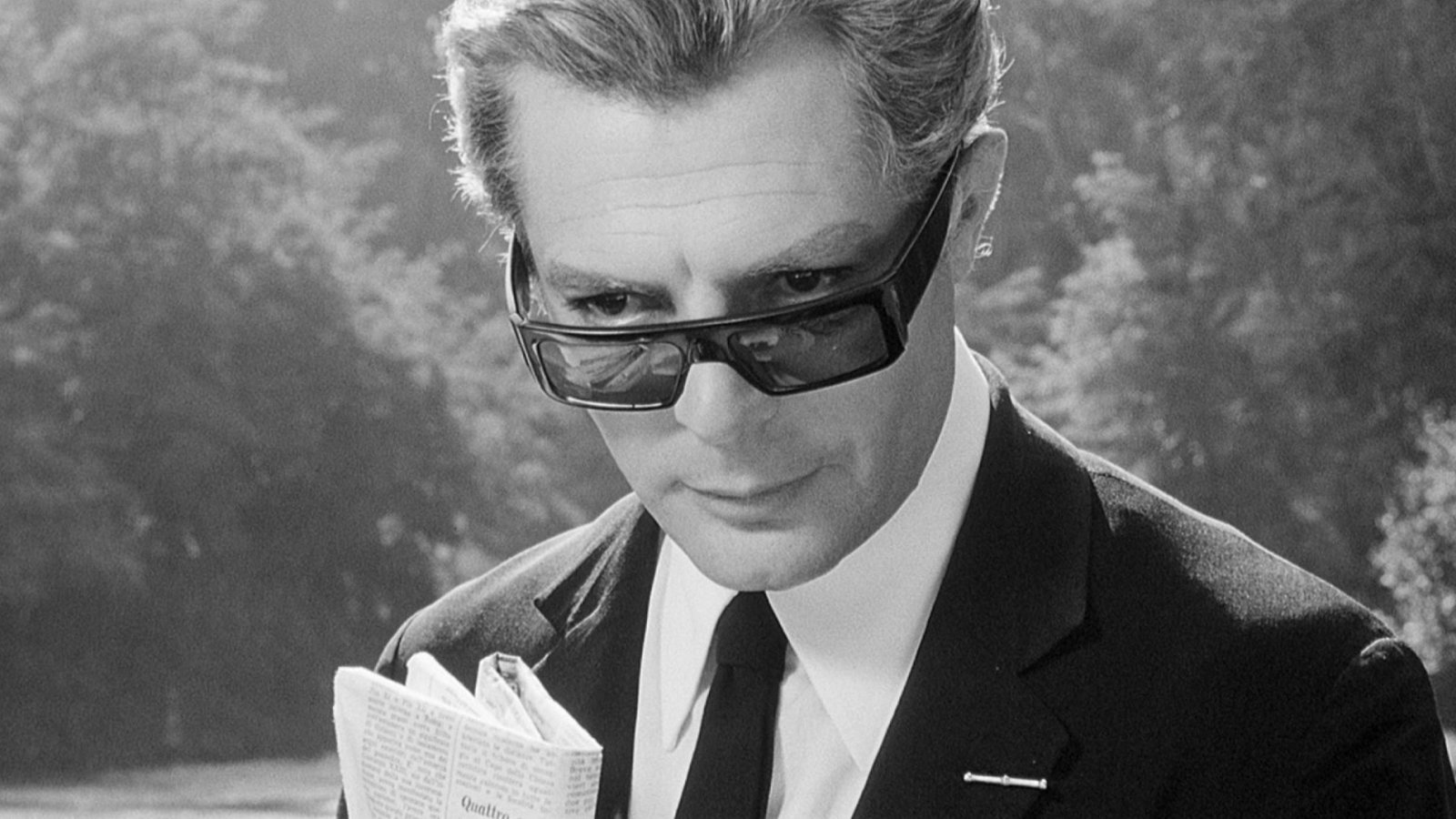
How can you end a film so personal and experimental, with a narrative filled with reality, dreams, memories, and fantasies? Well, you take Mastroianni’s Guido run in a circle holding hands with all the people in his life, in his circus of life. Federico Fellini is no stranger to amazing endings prior and after the release of this film, but here it just seems perfect.
After a so-so press conference for his next science fiction feature, Guido is still unsure of his life, personal and creative, so he just embraces what is in front of him. Nothing surreal or out of the loop occurs except for one of Fellini’s passions: the film turns into a circus-like event, not out of the ordinary for this film or really any of his, but his character’s semi-cathartic understanding or surrendering occurs.
With Nino Rota’s score and Gianni Di Venanzo’s black-and-white framing, it balances rhythmically together as we leave this world behind. We might be leaving the film as it ends, but we always go back to the film and its ending for us to continue our search for meaning and understanding like Guido.
10. The Truman Show (1998) – Truman decides his fate
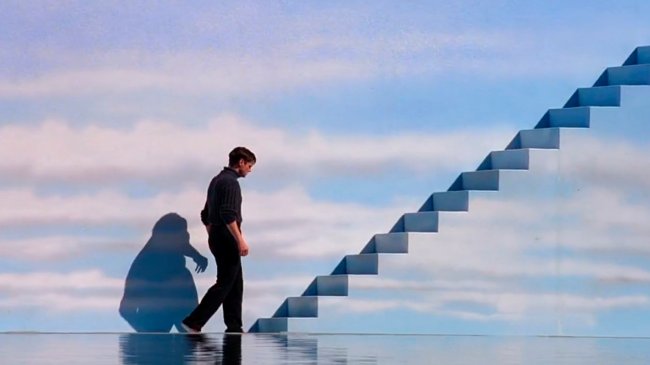
As Truman’s world is literally collapsing around him and his delusional reality crashes head on, he can finally make the first true decision of his life. Of course, this goes against the network corporation and head, which means drama.
Brilliantly played by Jim Carrey, we truly see, as do all the other viewers around the world, what he will do. As Ed Harris’ creator tries to convince him to stay in this perfectly inhabited world designed for him, Truman decides his fate. We we witness is a funny, heartfelt, dramatic, and emotional introspective of a human being. Truman tells the truth with no outside influence and ends with his classic line of “In case I don’t see you, good afternoon, good evening, and good night”, never losing his sense of humor in the process.
Peter Weir truly delivered the highest amount of reality television drama in the closing scene and it’s hard not to root for Truman in whatever he decides. It’s a scene that showcases Carrey as Truman revealing all the best personalities in being a great human being, and definitely a film where it all boils to this climax.